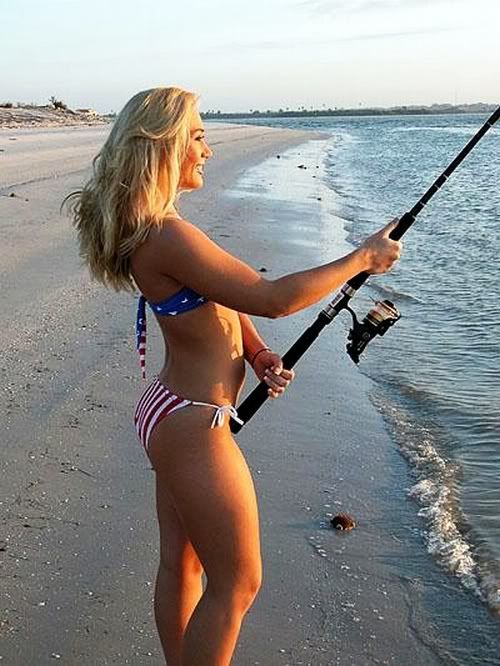 Some Basic Facts about Fishing Gear
Some Basic Facts about Fishing GearIn fishing, it is very important to an angler’s success that he starts with the proper equipment. He may purchase or own the finest equipment in the world, but when it is assembled and put into use, it may prove to be a very decided handicap.
To guard against this, it is important that the individual items of tackle be properly balanced one with the other. Unbalanced equipment has been responsible for more difficulties and failures of beginners than any other single factor.
Fishing Rod
To fish with a good rod is to really enjoy fishing. It is much easier to learn with a good rod than with one of an inferior quality. This is no commercial plug to encourage the sale of expensive rods, but just a word of warning to prevent any possible or unnecessary discouragement because of using a rod that would be decided handicap to a competent caster.
Fishing Lines
This item of fishing gear must be selected with some careful considerations if anglers are expecting to enjoy fishing or casting.
This is because the size and weight of fishing lines made by various manufacturers are not entirely uniform, that is, the diameter of the line by one manufacturer may be slightly larger or smaller than a line by another manufacturer even though both bear the same size marking.
The Leader
The leader is also a very important item, and unless it is selected with care and consideration in comparison with the size of the line, the caster will have trouble in making it extend straight out from the line when casting.
The chief function of the leader is to serve as an invisible connection between the line and the lure.
Fishing Flies or Lures
The flies may range in size, from the tiniest used, which might be number 18 or 20, up to flies tied on number-2 hooks or larger. The heavier flies or lures create; more wind is needed. It also requires the use of heavier equipment or more power on the part of the caster during the back cast and forward cast.
Reels
The reel may be automatic or single action, but in any event, it should be larger enough to hold the usual 30 yards of fishing line without crowding it on the reel spool.
The reel should weigh from 1 ¼ to 1 ½ as much as the bare rod. The reel itself is of no specific use in casting or fishing except as a storage place for the line.
Consequently, the entire equipment should always be in good condition. Other wise, achieving success in fishing is impossible.
------------
No comments:
Post a Comment